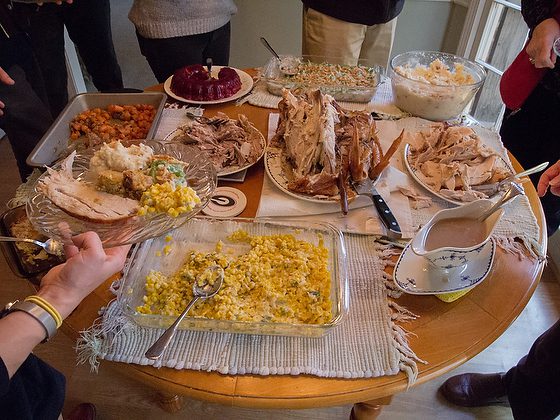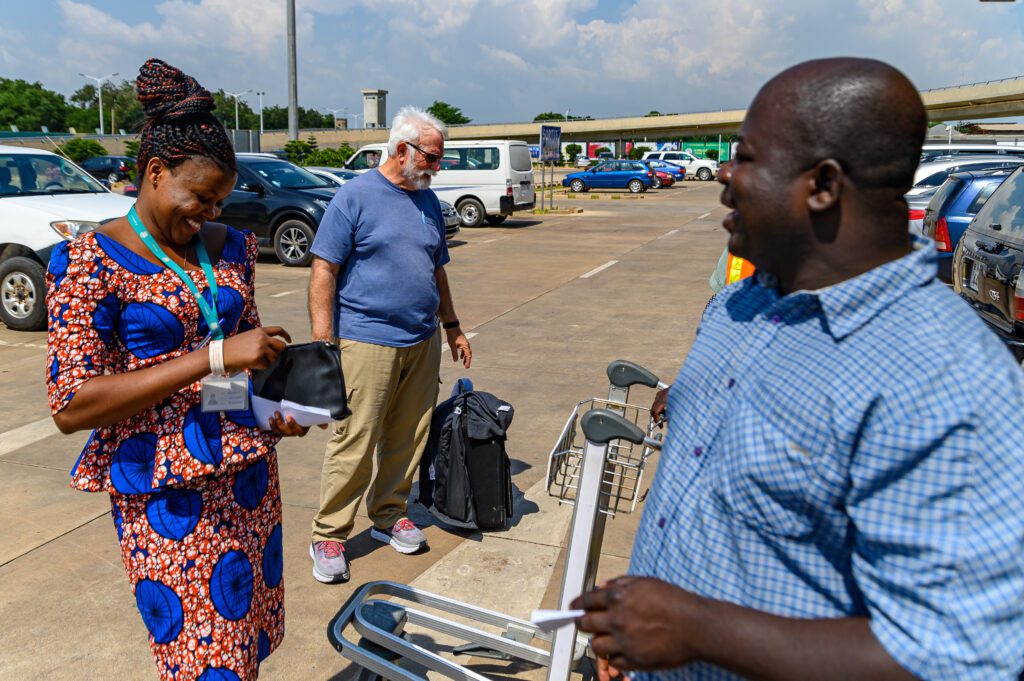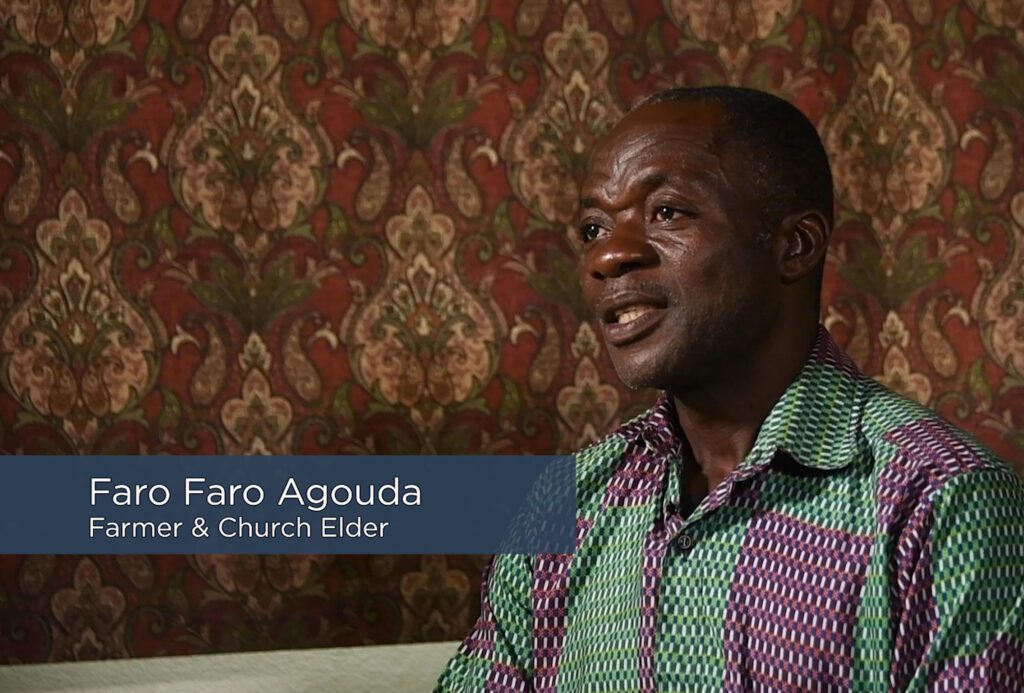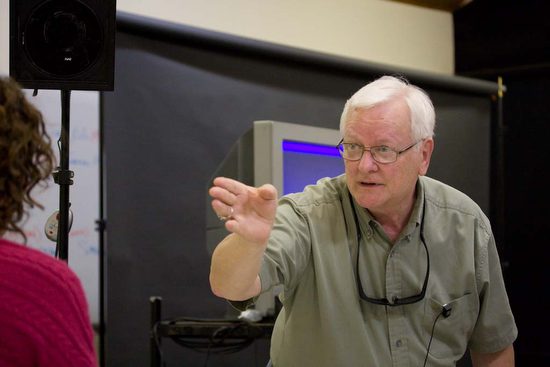Surgeons are doing a bone graft of the lower part of the leg for a little boy to hopefully help him keep his leg at the Hôpital Baptiste Biblique located in Tsiko, Togo, West Africa. [NIKON D5, 24.0-105.0 mm f/4.0, Mode = Aperture Priority, ISO 11400, 1/100, ƒ/9, (35mm = 82)]
Many believe that video consistently outperforms all other forms of digital communication regarding likes, shares, downloads, and donations. Every campaign should include inspirational fundraising videos with a simple call to action.
I think the strength of video is that it lets you control the narrative by pacing and delivering a message.
Here are some statistics I came across that are worth mentioning.
Important Video Stats Nonprofits Need To Know
- 57% of online donors make a gift after watching an inspirational fundraising video.
- Crowdfunding pages promoted by video raise four times as many donations.
- More than 1/2 of video views happen on a mobile device.
According to Into Focus: Benchmarks for Nonprofit Video and a Guide for Creators, a report by See3, YouTube, and communications strategy consultancy Edelman:
- 80% of respondents said the video is essential to their nonprofits.
- 91% believe video will become more critical in the next three years.
- 92% value the investment they made in the video.

Liz Ortiz served for the past year as a media missionary for ABWE. She just returned at Thanksgiving to the US. Hannah Strayer has been in Togo for a few months and is a full-time media missionary for ABWE.
Together we produced this video for ABWE to help raise funds to make improvements in the Hospital that hasn’t had any significant modifications since it was created 35-years-ago.
Here are some tips for telling a nonprofit story to raise funds.
- Use storytelling to engage the audience.
- Start with the problem. What will not happen if the donors don’t give?
- Make the problem worse. Be careful not to skim over the issue. If this hospital didn’t expand, more than 50% of those coming each day would continue to be turned away and not helped.
- Speak To Donors and show them how your organization makes a difference. In our video, we let you hear how the hospital was evangelizing and planting churches.
- Show The Good You Are Doing with inspiring behind-the-scenes footage and interviews with program recipients. Besides having a good discussion, capture a b-roll that shows what they are talking about and put this over their interview.
- Be Passionate and show donors how they can help contribute. We showed specific needs for Autoclave, X-Ray, Outdated nursery, and nurses station were things we showed. Listen to how the doctor talks about those needs.
- Ask the viewers to contribute and tell them how.
- Caption your videos. Did you know that 85% of videos on Facebook are watched with no sound? It’s true. If you don’t caption your videos, you’ll lose impact with your video because some people won’t bother to watch with the sound on.
Marketing of Video
The best videos cannot do their job without promoting them.
Know your audience. Target your story for a direct and specific purpose—if you don’t know who you’re talking to, the right people won’t be listening. We identified the audience before we started. Then we tailored all the content to that audience.
Use social media: Facebook, YouTube, Twitter, and Instagram.
Contact people and ask them to have a watch party. For our video, this can be churches and small groups. Every missionary on the field has friends and family that could have a small dinner party and then show the video around a TV.
When you have a group together, ask everyone to pull out their phones, go to the video link, and then ask them to share with all their friends and family. You might even want to help them by giving some text examples to promote the video.
Other ways that people can help with the call to action is to use the video on their birthday and try to raise funds from their friends by asking people to donate. Many people will give to a cause just because they are asking.
Know when to call in the professionals. Using a smartphone to shoot videos to share on social media, in email, and on your blog is okay. Video doesn’t have to be polished to be effective. However, there are times when a professionally done video is best – like on your home page or at a fundraising event. Find someone experienced in creating the kind of video you need so the results are what you want. Call me!
































































